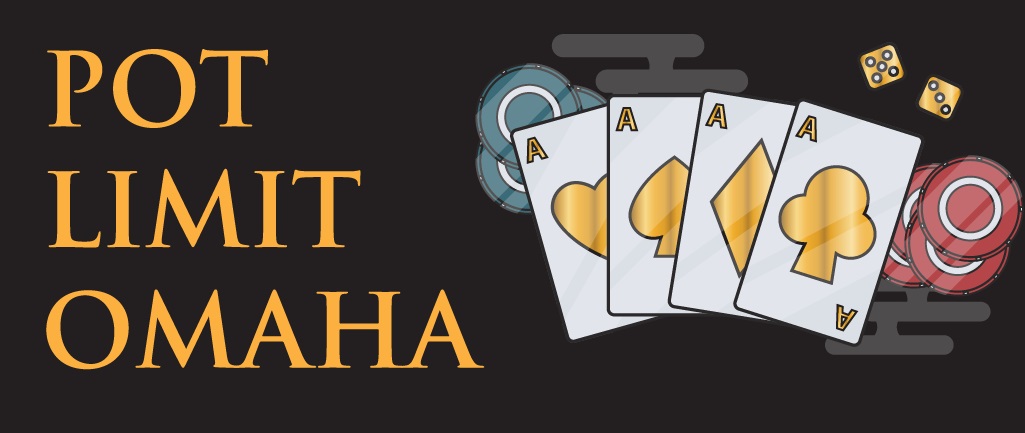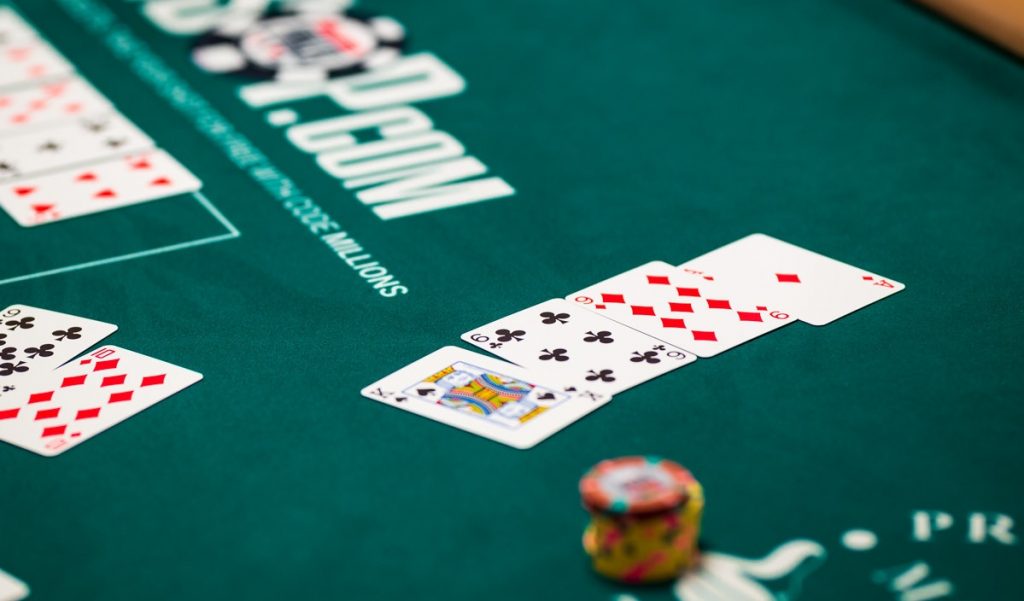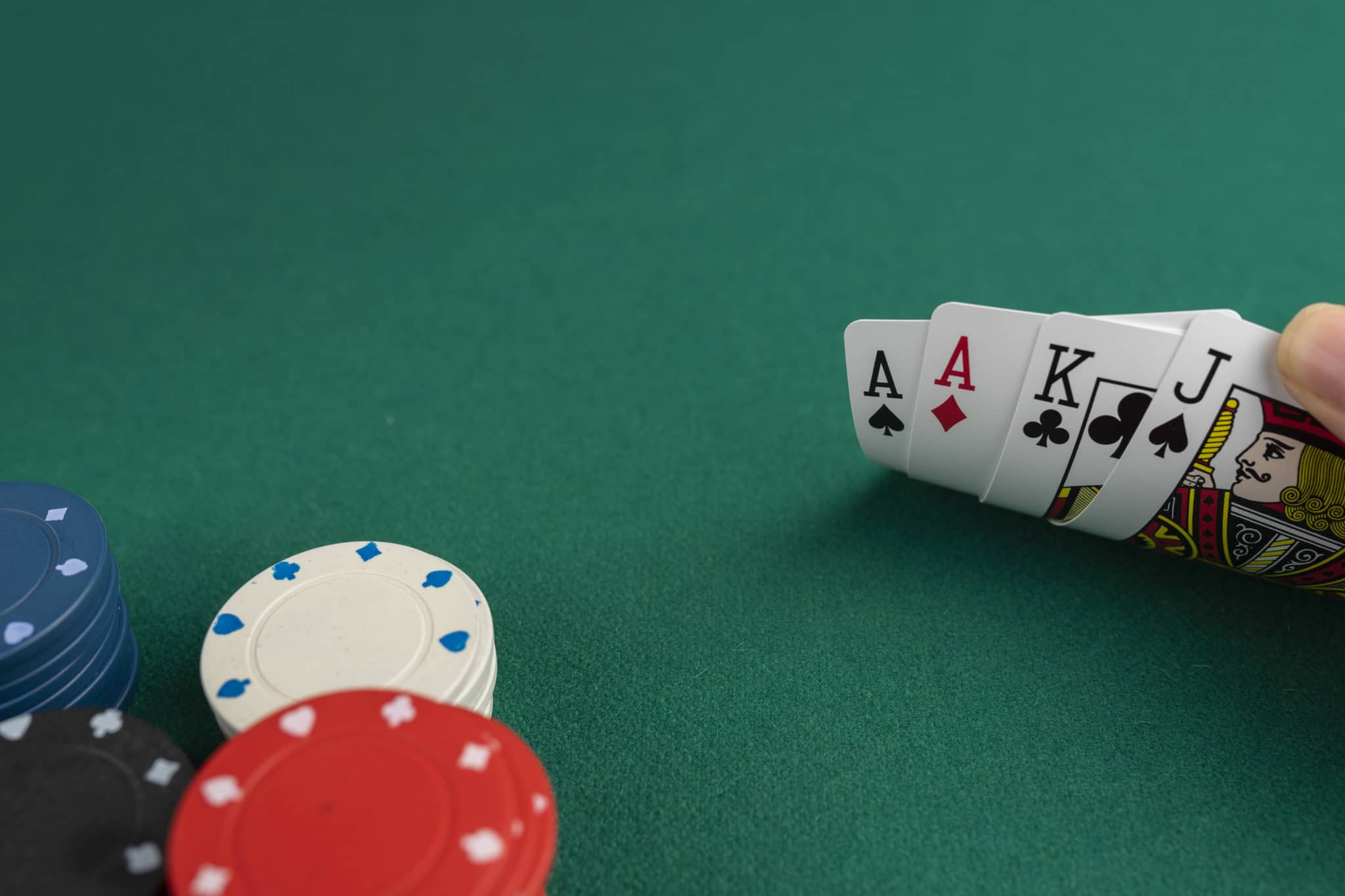Playing Omaha after Hold’em: top 5 moments
Therefore, in order to continue earning in different directions of online poker, many users begin to master the second most popular / active discipline – Omaha Pot-Limit. Very often beginners who have no idea about online poker in general think that in Omaha they have more chances to win. But that’s not quite true…
The main features of Omaha Pot-Limit

Omaha is characterized by a wide spread of odds. Thus, a beginner player can get a solid score due to the fact that the probability of winning on the preflop seems much greater. Much smaller bets are placed in the preflop than in Texas Hold’em. And this is where the beginner has a seeming chance of success, and this is instantly taken advantage of by more experienced players.
If a mature player with good No Limit Hold’em experience wants to play Omaha Pot-Limit, he needs to know the alphabet for the top 5 postulates.
Top 5 moments:

- A big pair in Omaha is not always equal to the same combination in Hold’em. With A-A, the odds of winning preflop/postflop are 65/35 and 85/15. From this example it becomes obvious that the final result in Omaha will depend less on starting hands – a lot depends on postflop, because the table is dramatically different when playing it. An experienced Omaha player who’s devoted a lot of time to Omaha has a feel for what cards can be played on the various postflops. One of the main Omaha rules is not to hold or rely on an available high pair.
- In Omaha, you must play as many strong hands as possible. Whatever happens on the flop, having equity over 35% and a sufficient bankroll is almost unrealistic. While manipulation is considered unacceptable in Texas Hold’em, in Omaha it’s just fine. Playing in the postflop phase can bring up to 40% of the odds. A player can make the most of his opponent’s problems, as long as he makes full use of his current position, of course.
- Keep in mind that the higher-level connectors are more valuable than regular-level connectors. A high level connector makes for a better straight, and cards of the same suit make for a flush. Also, in the experience of many skilled players, don’t consider the bottom two pairs a strong hand, and don’t try to build a game on them under any circumstances.
- Keep in mind that the value of the hand is not commensurate in these two types of poker. In Omaha, a lot depends on the flop pattern. For this reason, a combination of two pairs is likely to be weak. Also, don’t count too much on a weak flush, though it’s almost a nats option in Hold’em. In this situation, if you feel the aggression of your opponent(s), you should fold. Even the strongest card by Hold’em standards in Omaha is often a hit.
- Tight style of play is the most appropriate style for Omaha. That is, by playing about 15-30 percent of the starting cards, you’ll get much more value compared to a later draw. According to the best Omaha Pot-Limit players, the ratio of early to late hands is 20 to 40 percent.


